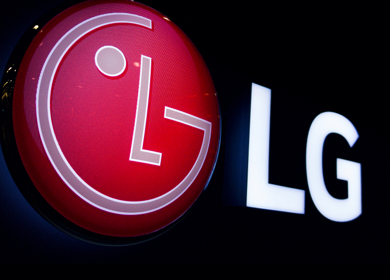Leveling the Playing Field – Brands and Women’s Sports
Published: February 27, 2023

There is a popular notion that men’s sports are more competitive and exciting. This contributes to a larger audience at events, larger media spends and wider coverage. But that is slowly changing.
Take a look at these astounding stats –
14 million Americans watched the U.S. Women’s National Team take on the Netherlands in the 2019 FIFA World Cup finals. The interesting thing is that this had a 22% edge over the 2018 men’s final.
The 2022 Women’s NCAA basketball championship had 4.85 million viewers and was the most-watched college basketball game (men or women) on ESPN since 2008.
Without a doubt, the interest in women’s sport and sport coverage has gone up over the last couple of years – and that includes news coverage and ad spends. And when it came to coverage, both ESPN and Warner Bros. Discovery Sports saw viewership numbers go up after they increased their coverage of women’s sports. Brand budgets for advertising in women’s sport are also going up.
Recently, we heard about the financial services firm Ally partnering with Disney for a sponsorship package that puts gender equity right up there - front and center. According to the report, this details a 90% media investment only in women’s sports (that means the “coverage of game highlights, branded content and features across ESPN, along with regular, in-episode SportsCenter segments”) and the remaining 10% goes into men’s sports advertising. This was to deliberately change the conception that it is traditionally a man’s playing field where media ad spending goes to men’s sports, with women’s sport thrown in as a ‘value-add’.
This (the Ally-Disney deal) will help bring in more women’s sports advertisers. Adam Schwartz, SVP and Director of sports media at Horizon Media said, “I hope it gets to a point where [a deal like that]is not a big deal! We’re not quite there yet, but that would be the goal.”
The Warner Bros Discovery (WBD) Sports content has several big names filling up ad spots across various channels and properties – names like Nike and AT&T for digital, social and linear campaigns and Zelle, Gatorade and Ruffles for digital campaigns.
Things are certainly moving away from the time when ad agencies had to pitch (heavy and strong) to clients to make them see the value of being in the women’s sports space.
While the budgets for women’s and men’s sports coverage or ad spends, are nowhere near equal, the move is in the right direction.
What this means for brands and advertisers
All this will have a significant impact on brands and their media spends -
Greater Opportunity / different audience / wider reach – the playing fields are now slowly opening up. And this could be a great way to reach a different audience than hitherto. With the increasing popularity of women’s sports or women’s varsity events – sports like basketball, soccer or golf or tennis, every game has a female component. And while it is still smaller than its male counterpart, it is a significant part that is to be reckoned with.
It is a known fact that women’s sports are watched more by men than women! So while the female gender plays the sport, it is a mix that watches it. Brands need to keep that in mind while building their commercials or crafting their messaging.
Commit to Gender Equality – by choosing to sponsor women’s sporting events, this is a great chance for brands to commit to and display their commitment to gender equality, which can have a great impact in many ways. Your brand will come across as one that is committed to a great cause – that you are putting your money where your mouth is and trying to see the change happen. Which is the next great thing – you will actually contribute to effect the change in sports when it comes to gender equality.
This is far from charity or a commitment to a social cause – when women’s sports is lifted up to the same level as men’s, your brand will then create amazing fan experiences among your audience – and that is the best time to connect with them – when why are most engaged. And open to your message.
And that, is when path-to-purchase open.










Be the first one to comment.